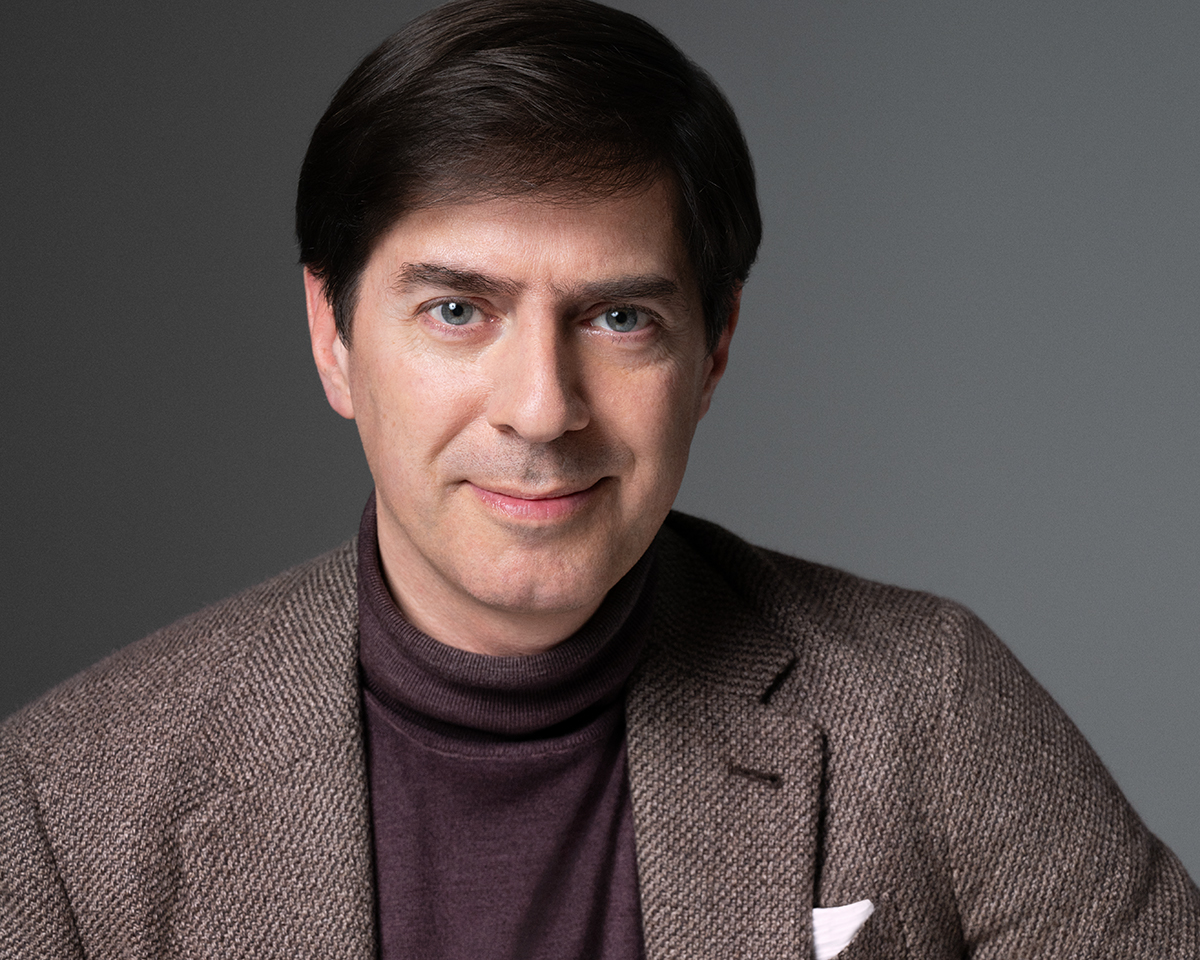CANALI CELEBRATES 90 YEARS WHILE FOCUSING ON THE 90 YEARS TO COME.

Canali began in 1934 when Giovanni Canali joined his brother Giacomo’s tailoring shop in the Lombardi region of northern Italy. After World War II, a second generation of brothers returned to the business, focusing initially on raincoats but later returning to tailoring and formalwear. Now in its third generation, the brand remains an independent family-run business with a sartorial tradition at its core while constantly adapting to the continuous evolution of the menswear market.
When Stefano Canali stopped in New York City a few weeks ago for one of the company’s 90th-anniversary fêtes, MR got to sit with him to ask about the celebration. Canali shifted the conversation from the past to the future without missing a beat.
“We’re projecting the next 90 years,” says Canali. “Our heritage provides a sense of what we are doing, but it’s also a spring that projects us into the future. Nothing is easy out there. Success is not granted, no matter how old you are, but we are confident and optimistic.”
MR: How’s business?
SC: The market is not easy, but we are doing very well and growing compared to last year. We had very positive Spring/Summer 2025 collection sales, which led to a double-digit increase compared to last year. I have been touring the United States and Canada in the last few weeks, and those conversations were about further developing our partnerships. The U.S. and Canada are doing well; this region accounts for 50% or more of our turnover.
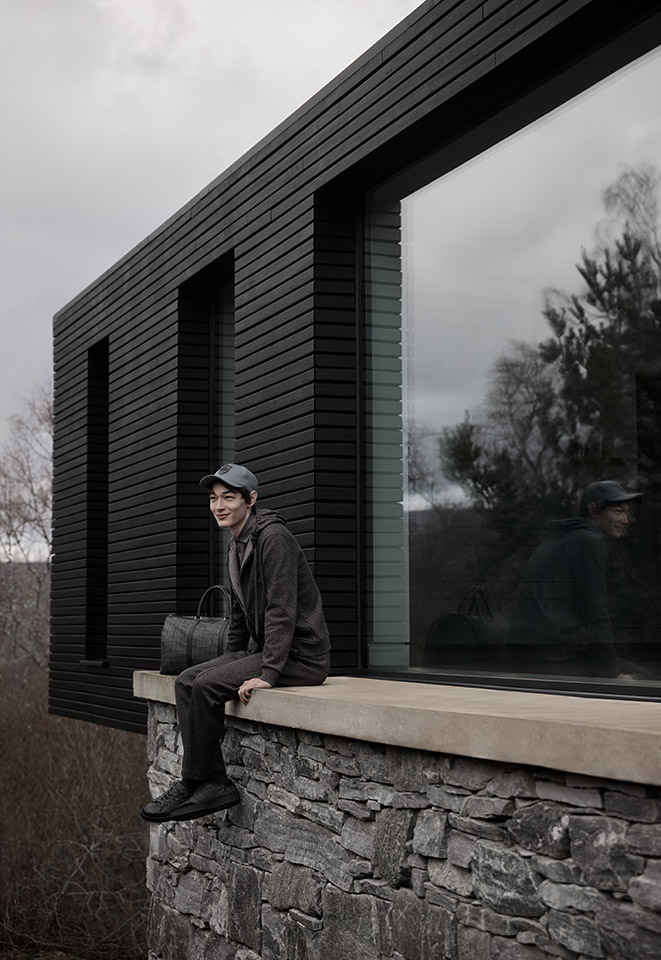
SC: In this recipe, we use different ingredients. We developed a strategy before the pandemic that we couldn’t execute fully until it was over. It’s about the 360-degree evolution of Canali. Our marketing team has worked very hard to increase brand awareness and develop a new brand identity and store concept. Our latest ad campaign refers to our founding values, inner beauty, and sustainability. It’s not a marketing idea, just marketing what we have always been.
We decided nine years ago to insist on a sartorially constructed garment and keep using high-quality material. That has allowed us to claim that our clothing is well-constructed and high quality. Consequently, they can be easily altered and last longer, making them more sustainable. We also decided to measure ourselves to avoid any greenwashing claims. We picked the methodologies developed by the European Union of the Organization Environmental Footprint (OEF) and the Product Environmental Footprint (PF). Those methodologies measure our environmental footprint according to 16 indicators. Toxicity, water and land usage, etc., from the impact of the fabrics we use up to when the product is sold to the consumer. We picked a large cluster of products representing 60 percent of our production. The study adds the impact of the usage of the products on a daily basis and the effect of the end of life of the product. What we measured informed our action plan.
We’ve done the more obvious things like adding solar panels and incorporating efficiencies for energy consumption. Still, we know using recycled fabrics is the most effective way to reduce our environmental footprint. Currently, no recycled fabrics are the same quality as virgin fabrics, so we’ve challenged our suppliers to develop a new fiber that may substitute for the fibers we currently use. It will take time. We all must concentrate on these alternatives besides working on ways to ensure that every product is effectively recycled and adequately managed to the end of its life. We’re very focused on numbers and figures because we don’t want to make claims that we are saving the world, but that we will work hard on what we know will be effective in reducing harm to the environment.
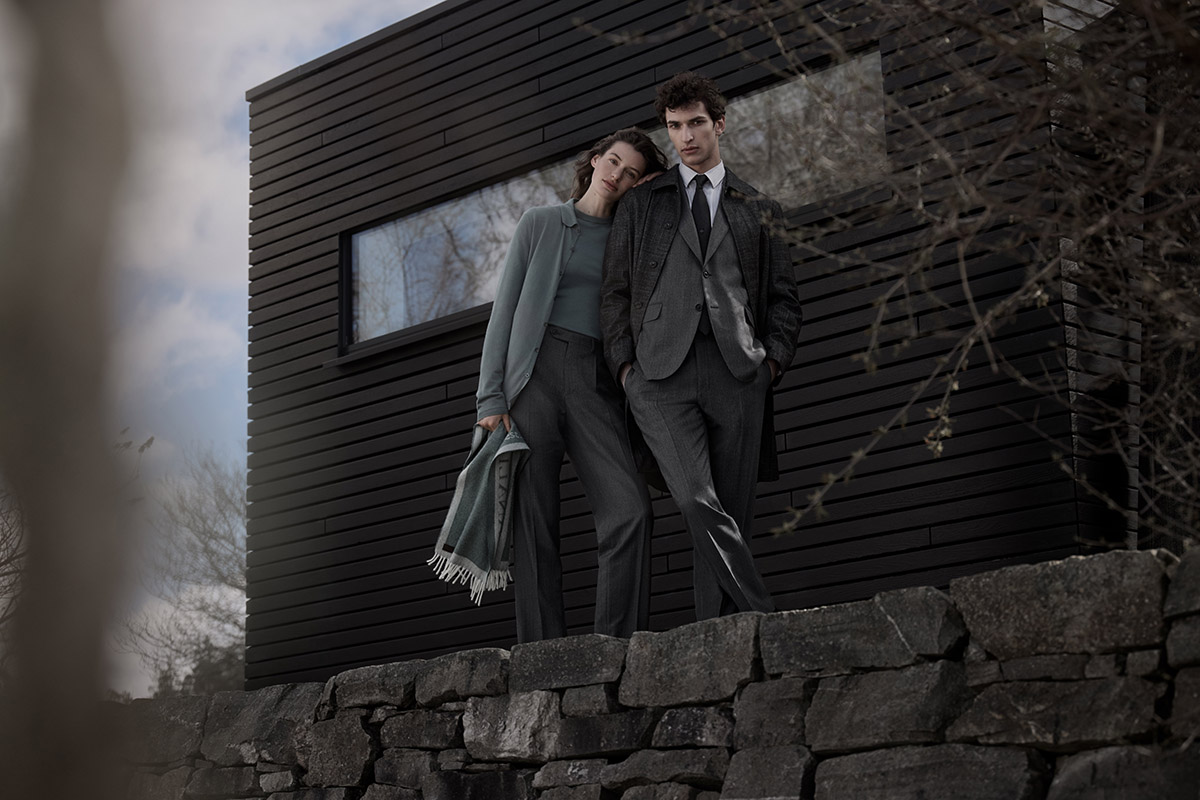
No, but we are a founding member of the Sistema Moda Italia, which aims to work on a circular economy. All companies that sell garments in Italy will be obliged by the EU to make sure that whatever is discarded is appropriately managed. They can either be dismantled and recycled or resold to some extent. They can go to burners to generate energy, or if they go to the landfill, they do so in a controlled way. We have to make sure that these practices are fully and effectively implemented. I’m on the board of directors. We are waiting for the Italian government to approve the CSDDD (Corporate Sustainability Due Diligence Directive).
Usually, we refer to the environment, but we must recognize the importance of people. Our decision is to stay in Italy no matter what, and you can imagine how expensive that can be. In decades, when many companies have decided to go abroad and outsource for more cost-effective solutions, our decision has consequences. We have managed to maintain and transfer the skills and tradition of crafting sartorial suits in Italy. We have also secured full protection in health and legal issues for all of our artisans. Some steps that lead to a genuinely sartorial garment require six months of training. If you teach your own people, those skills remain. To maintain that level of quality requires a certain price.
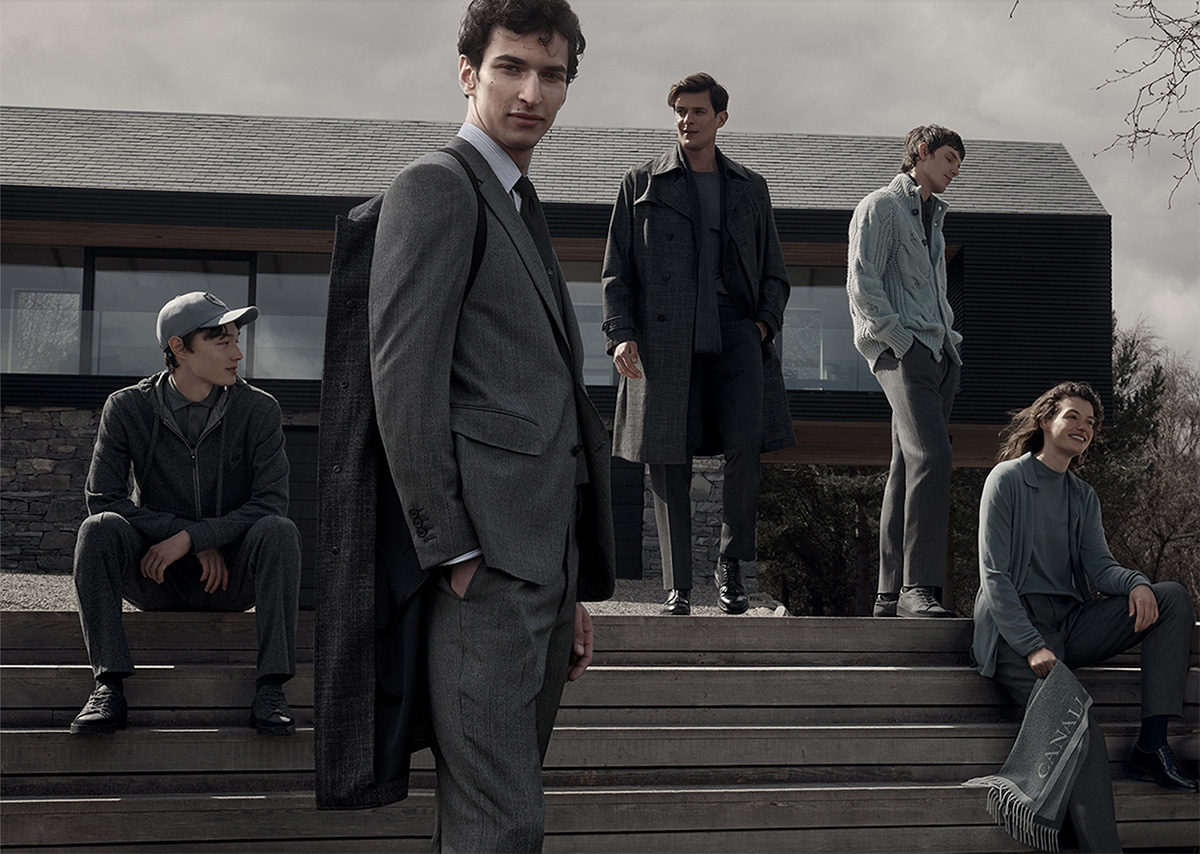
We are working on the collection. We have become more of a lifestyle collection now and will be more so in the future. We’re addressing that both in the content of the collection and in our campaign. It’s about the evolution of Canali over time, never a revolution. Evolving according to our customer’s needs is the most successful strategy for a company with a 90-year heritage. When we develop something new, it will be consistent with our founding values and the quality of craftsmanship and quality of fabrics.
These days, it’s not so much about age brackets. It’s more about the attitude. Our Double proposal was conceived for a younger consumer but then was bought by both 20-somethings and 60-somethings. We do have some people who wear the uniform of, say a double-breasted suit, but we have customers in their 60s who dress in a very casual way. The product has evolved so that it’s all still sartorial, even if it is a shirt jacket or a safari jacket. It’s a new way of suiting that appeals to the new generation. It takes us back to the lifestyle structure of the collection. There are no more boundaries between formal and casual. There is one collection and one color palette with well-defined themes going through every single product category. Everything can be easily mixed and matched.
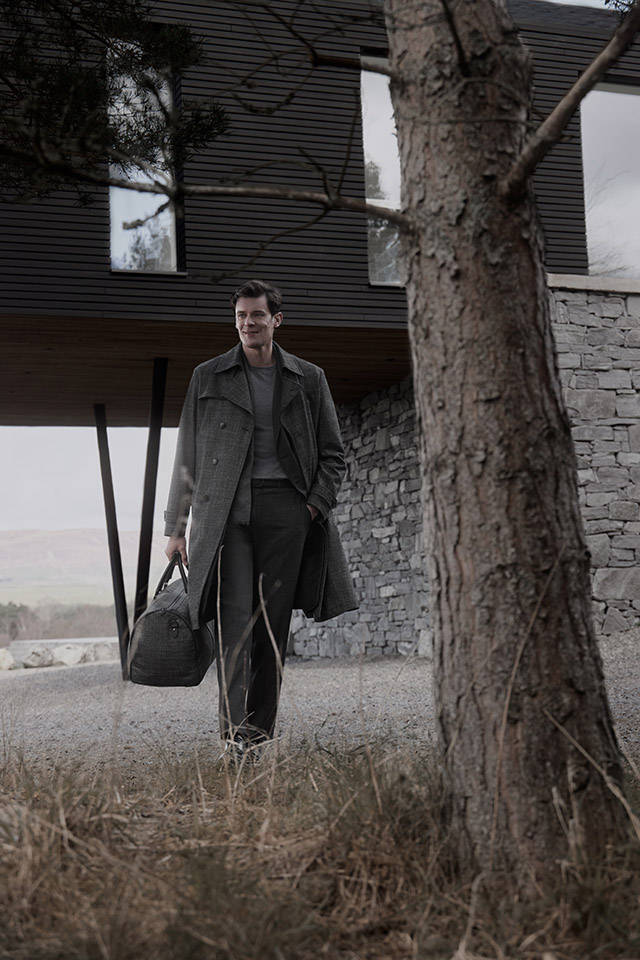
Considering that the Americas region accounts for 50 percent of our sales, it has been very important for many decades. We still see important growth in the States. Of course, we’ll see some of it in the importance of casual. We will also see growth through personalized and customized shop-in-shops that will be instrumental in delivering the evolved image of Canali, like a shell containing Canali as a lifestyle collection. We’ll continue to work on communication and brand awareness. We are kind of famous in the United States and Canada, but we believe we can keep pushing the pedal. We’ll also increase the importance of the MTM, “Me by Canali” service, which encompasses even more categories now.


